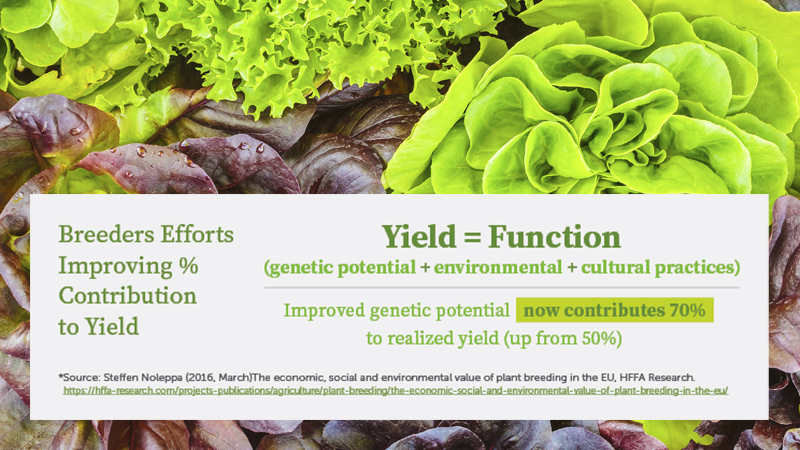Digging Deeper To Help Find the Real Meaning of ‘Agriculture 4.0’

When looking at the upcoming 2023 VISION Conference theme — ‘Harnessing the Power of Agriculture 4.0’ — I have to admit that ‘Agriculture 4.0’ was a new buzzword for me, and I had to research what it actually means.
For those of you that are also not familiar with this term, ‘Agriculture 4.0’ refers to the next big trends in the agricultural industry, the challenges the industry faces, and what needs to happen in years to come in order to meet these challenges and feed a population of 10 billion people by 2050.
Interestingly, the term ‘Agriculture 4.0′ was coined in 2018 in a report called Agriculture 4.0 – The Future Of Farming Technology, which was commissioned by the World Government Summit.
With the report nearly 5 years old, and ag tech seemingly developing at the speed of light over the past years, reading the report almost felt like opening a time capsule of sorts. Some of the initial comments that stood out to me were:
“Although agricultural investments and innovations are boosting productivity, yield growth has slowed to rates that are too low for comfort.” and “Agriculture 4.0 will no longer depend on applying water, fertilizers, and pesticides uniformly across entire fields. Instead, farmers will use the minimum quantities required and target very specific areas.”
I don’t think there is a set time frame in this report for when Agriculture 4.0 needs to start, but the authors of the report discuss the different industries and technologies that can be used to achieve these goals: “Future agriculture will use sophisticated technologies such as robots, temperature and moisture sensors, aerial images, and GPS technology. These advanced devices and precision agriculture and robotic systems will allow farms to be more profitable, efficient, safe, and environmentally friendly.”
That made me think: While all technologies mentioned above are now in use, albeit some more than others, have they contributed significantly to the issues at hand? Has the yield growth rate increased significantly since this report was written? And are we on track to feed 10 billion people by 2050? I can’t find exact answers to these questions, but from everything that I’ve read I believe that, while they have all made positive contributions to an extent, none of them have been disruptive and significantly improved the global yield growth rate.
I look forward to discussing this further in Glendale, AZ, at the VISION Conference (Jan. 17-18). I for one believe that, while we might need to collect more data in specific instances, we can still get a lot more results out of the ag data currently already getting collected.
For more, continue reading at GlobalAgTechInitiative.com.










